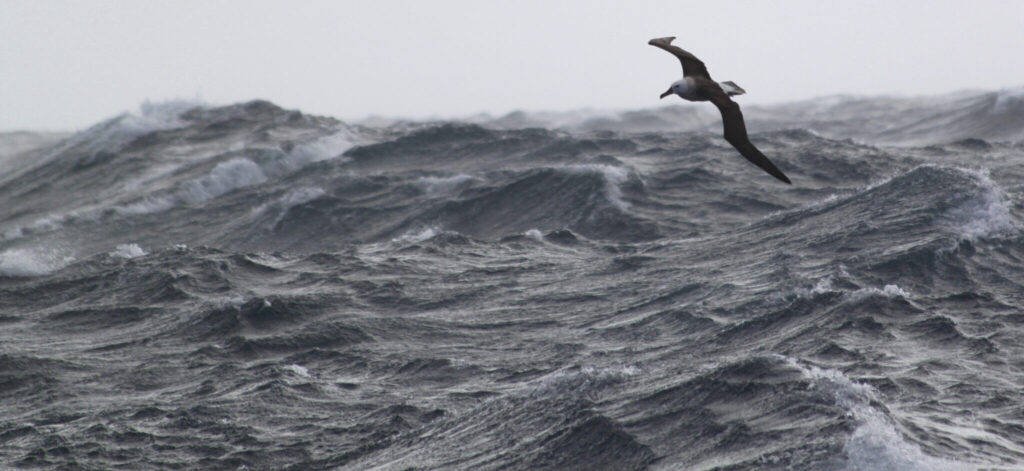Press Release: New Research mapping Seabird Migration Routes Identifies Six Major Bird ‘Super Highways’

Mapping the journeys of more than 1,000 seabirds, six brand new migration routes called Ocean Flyways have been launched by BirdLife International today. With seabirds traversing the globe, this new research highlights that international collaboration is paramount to protect our oceans and meet global commitments of protecting 30% of marine areas by 2030.
Annually, millions of birds migrate (sometimes tens of thousands of kilometres) along consistent routes called Flyways. Now, for the first-time, researchers have been able to identify common migration routes used by seabirds to define marine flyways, used by some of the World’s most vulnerable species.
Launched today on World Migratory Bird Day and Global Bird Weekend, the Ocean Flyways highlight connectivity across our oceans – many species’ journeys span national waters and those beyond the jurisdiction of any one country (the High Seas) – and underline the need for coordinated international conservation action to protect seabirds and other migratory species.
As countries work to meet global commitments of protecting 30% of marine areas by 2030, considering connectivity across sites that are important for species will be critical to building a well-connected network of marine protected areas.
Identifying the Ocean Flyways, the consistent routes followed by a suite of seabird species during their annual migrations, is a key step.
“Seabirds are one of the most threatened groups of birds, and many species are migratory undertaking incredible migrations. Such immense journeys make their conservation challenging, and the identification of the Marine Flyways is a vital step towards international collaborative efforts to conserve of seabirds.”
Dr Tammy Davies, BirdLife Marine Science Coordinator
For more than four decades, seabird movements have been tracked with tiny electronic devices. Many of these data sets are hosted on the Seabird Tracking Database, with at least 30 million locations recorded from 160 seabird species and contributions from more than 275 seabird researchers.
To identify the Ocean Flyways, data from long-distance migratory seabirds were shared by more than 60 researchers, covering over 1,000 tracked seabirds from 48 different species and five seabird families. The locations from these tracked seabirds covered the oceans, and after several analytical steps, six Ocean Flyways were identified. These newly identified Ocean Flyways complement BirdLife’s 9 Global Flyways which are largely terrestrial and can be seen here: www.birdlife.org/globalflyways.
ENDS.
“Understanding the connectivity across a migratory species lifecycle is essential to understand if and where there are any threats and target sites which need protection. The abundance of seabird tracking data has enabled us to define Ocean Flyways”
Dr Joanne Morten, BirdLife Marine Science Officer
Notes
Further Information: https://www.seabirdtracking.org/special/marine-flyways/
Contacts:
Sarah Brady, BirdLife International Head of Communications: [email protected]
Tammy Davies, BirdLife International, Marine Science Coordinator: [email protected]